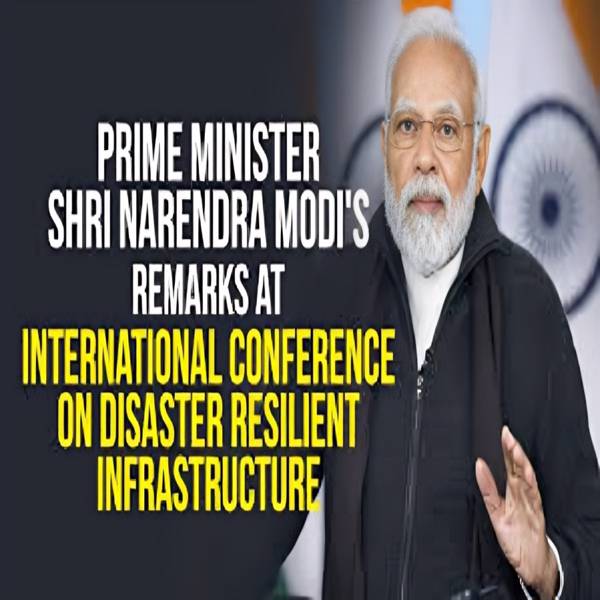India becomes the fourth nation to achieve space docking.
India has become the fourth nation globally to accomplish space docking, marking a significant technological milestone and highlighting its aspirations to capture a larger share of the booming $400 billion global space industry. The achievement was realized on Thursday when two Indian Space Research Organisation (ISRO) satellites, named Target and Chaser—each about the size of a large refrigerator—successfully connected at approximately 9 a.m. (0330 GMT), according to an ISRO spokesperson. The mission using an indigenously developed rocket faced two postponements before its success. India has also approved the construction of a third launch pad to support future space missions.
India’s development of indigenous space docking technology, essential for satellite maintenance, space station activities, and interplanetary missions, positions the nation as a significant player in commercial and exploratory space ventures. “This technology is vital for India’s ambitious missions,” said astronomist Jayant Murthy. He added, “Key projects, such as constructing a space station, require in-space assembly, which cannot be achieved without space docking.
ISRO announced that the two satellites involved in its Space Docking Experiment (SpaDeX) will now function as a single unit, with power transfer tests scheduled in the coming days. The mission, originally launched on December 30 from India’s primary spaceport using an indigenously developed rocket, faced two delays. The first postponement was due to the need for additional ground simulations to validate the docking process, while the second addressed an issue caused by excessive drift between the satellites.
The mission carried 24 payloads and experiments, including eight cowpea seeds sent to space to examine plant growth in microgravity. Remarkably, the seeds germinated within four days of the launch, a significant milestone suggesting the potential for growing food in space during extended missions. Additionally, the mission aims to showcase the transfer of electric power between docked spacecraft, a critical capability for applications like in-space robotics, coordinated control of composite spacecraft, and payload operations following undocking.
Such techniques are essential for missions requiring multiple rocket launches. Prime Minister Narendra Modi has prioritized space exploration and commercialization as central strategies to elevate India to a global superpower.
The successful SpaceX mission “is a significant stepping stone for India’s ambitious space missions in the years to come,” Modi said on X.
On Thursday, India approved the setting up of a third launch pad in the southern state of Andhra Pradesh, to be completed in four years for 39.85 billion rupees ($461 million), giving a further boost to its space plans.
Also read: PM Modi Commissions Three Indigenous Naval Combatants.
ISRO is focused on deep-space exploration and enabling private companies to commercialize the sector, with projects ranging from solar studies to orbital astronaut missions and planetary defense, in collaboration with NASA.
With the global commercial space market expected to reach $1 trillion by 2030, India aims to grow its share to $44 billion by 2040, up from $8 billion, or a slice of just 2%, now. The easy way is ($1=86.5150).



